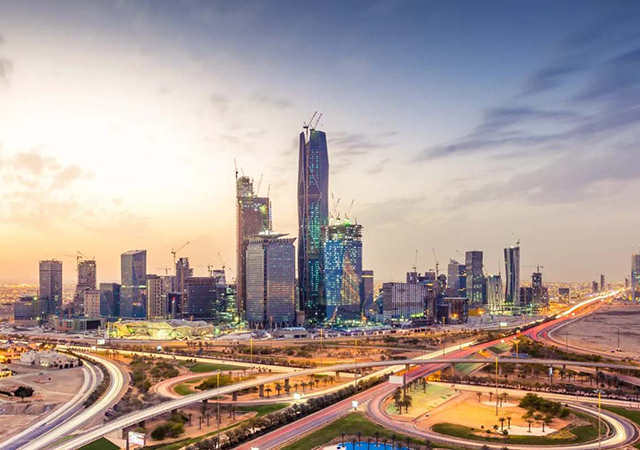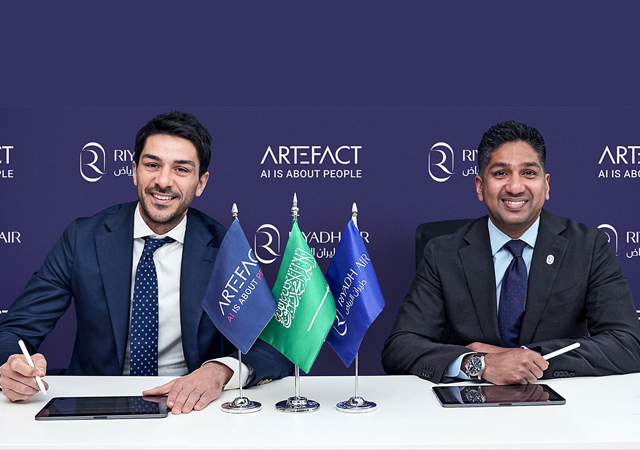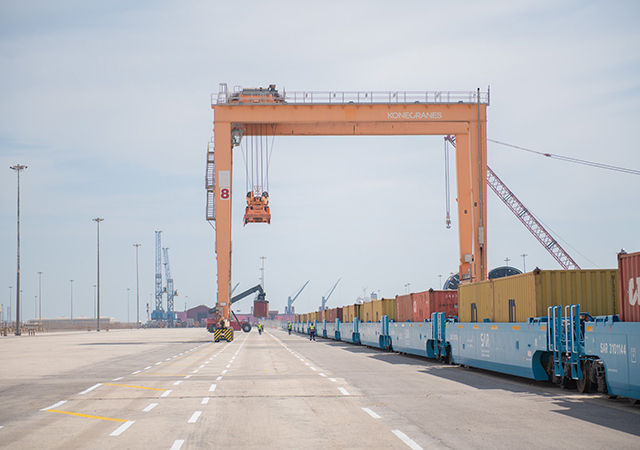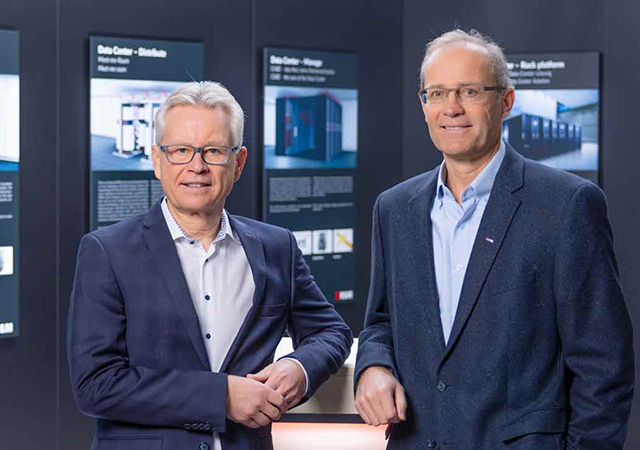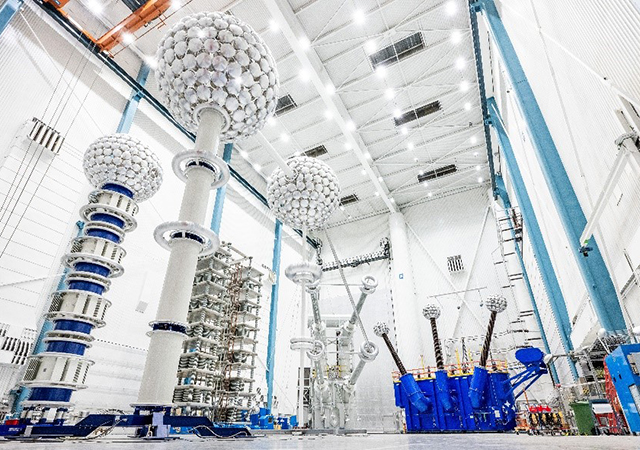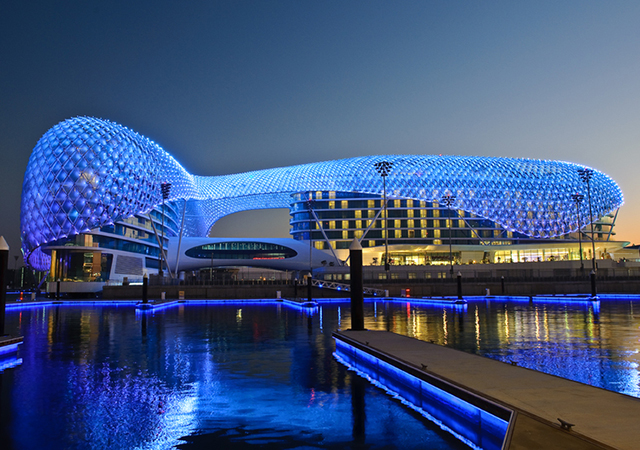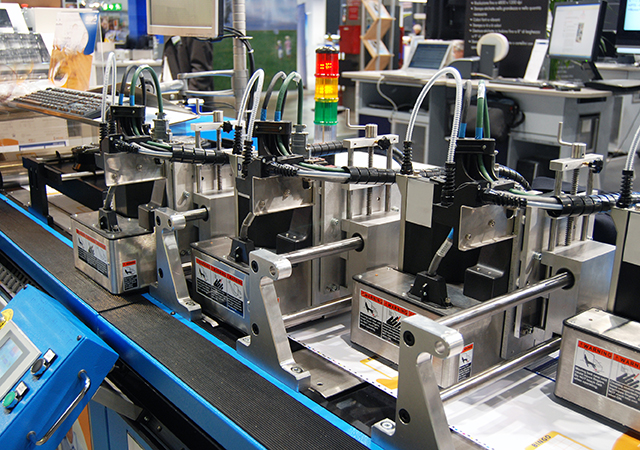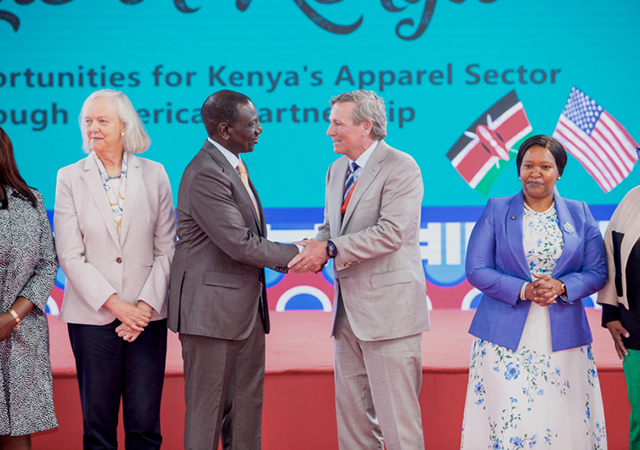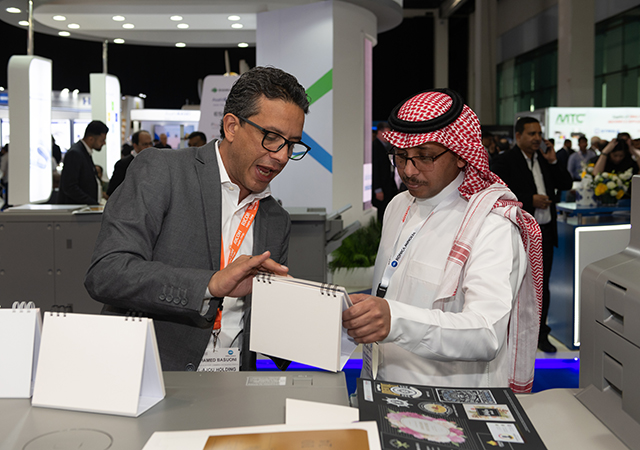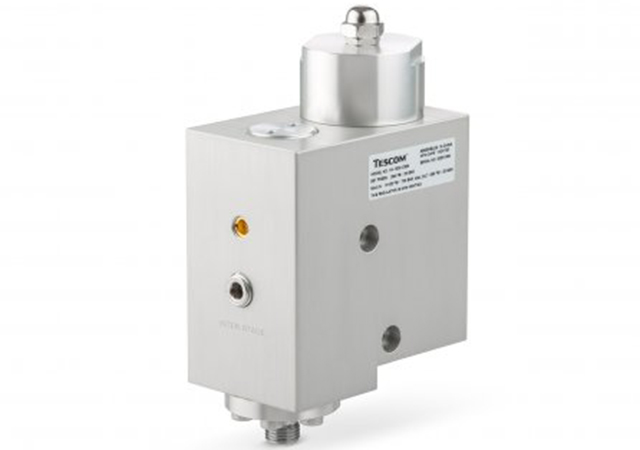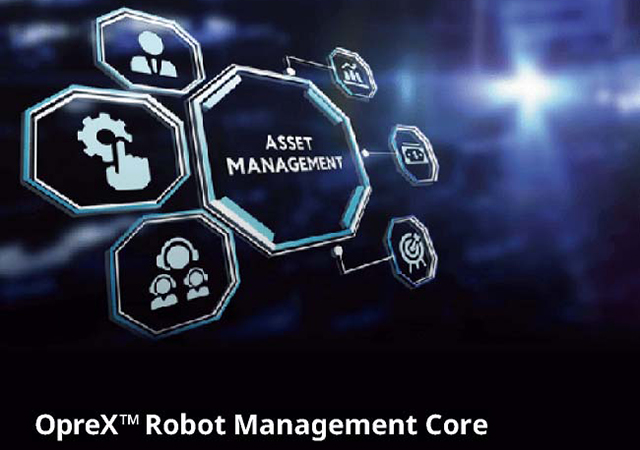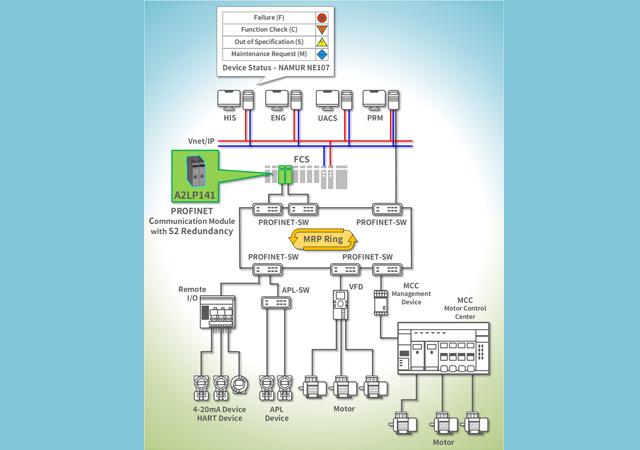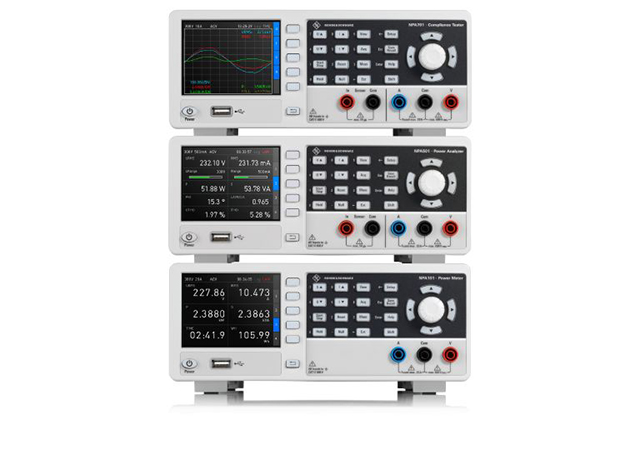
 Al Hassar: ‘world-class’ facility is arriving at the right time
Al Hassar: ‘world-class’ facility is arriving at the right time
Bahrain’s new port project is progressing well and set to assume its role of serving existing businesses and emerging industries in its vicinity well before the end of 2008, the head of the kingdom’s ports authority has said.
The Director General of the General Organisation of Sea Ports (GOP), Ebrahim Hassan S Al Hassar, also said the Khalifa bin Salman Port being built at an investment of BD140 million in a reclaimed area of Hidd would be a powerful catalyst for the kingdom’s economic growth.
“Most cargo at the existing port, Mina Salman, is Bahrain cargo, while at the new port we will attract transshipments generated as a result of the economic boom in Bahrain,” Al Hassar said.
“We are developing the new port as a value-added transport chain. We strongly believe that with transshipments coming through there will be cost reductions in freight and improvements in logistics, greatly benefiting companies establishing themselves there.”
The GOP chief highlighted that a certain amount of transshipment activity was already taking place.
“From our preliminary studies and from talking to logistic companies we know there are containers coming to Bahrain which are then sent through the overland route to Saudi Arabia,” said Al Hassar.
“That’s the geographical edge that Bahrain has.” Cargo unloaded at the port from mother vessels will be transported by feeder vessels to the Upper Gulf.
Its draft of 15 m and a quay length of 1.8 km will take care of the large container ships plying the Gulf and, as the port depth is currently more than the outer channel, there is a project to deepen that channel.
“The port is not designed to handle mega vessels but most container vessels will be able to berth. It does not mean Bahrain will not cater to future requirements. When the need arises we’ll look into it,” said Al Hassar.
Port Khalifa Bin Salman will have the capability to handle 2 million teu annually. Throughput at Mina Salman was 212,000 teu in 2006 and 240,000 teu in 2007. The ratio of import-export cargo is 60:40 and there are 30 reefer points.
Al Hassar expects the new port to handle 250,000 teu in its first year of operations and transshipments to grow gradually as marketing of the port intensifies and shipping lines show an interest in including it in their network. The Hidd port will also present shippers with 1,500 reefer points way above the volume offered at Mina Salman. Royal Haskoning is the designer and project manager for the Khalifa Bin Salman Port. The facilities include a big warehouse for unstuffing containers, another warehouse for aluminium stuffing and general cargo, a passenger terminal for cruise ships and a container repair yard. APM Terminals, now operating Mina Salman, has a 25-year concession to operate the new port.
Mina Salman will continue to operate for the next 10 to 15 years as a commercial port for grain ships serving flour mills. Logistics firms now in business at Mina Salman are likely to relocate in the vicinity of the new port.
Al Hassar allayed fears the new port would suffer from intense competition offered by its long-established counterparts in the region.
He emphasised that it was really not a matter of competition but a question of value-added services that the Hidd port could offer and the advantages it could exploit from its geographical location. As in the case of airports, sea ports strived to offer facilities that were cheaper, most suitable and most convenient.
And as airports had proliferated, so would sea ports, he seemed to say. There would be something for everyone. The key would be marketing and offering facilities that would attract businesses.
“It is government policy to bridge together the components of the Hidd Industrial Area, namely the port, the special economic zone and the Bahrain International Investment Park (BIIP),” said Al Hassar.
“This port will be a world-class facility. What makes it unique is that it is turning up at the right time. The demand is on up-to-date features and an important element in the issue is the operator. The business community would be well served by APM’s expertise.
The decision to create the GOP and grant it autonomy was a positive sign and reflected the importance the government attached to the ports sector as a channel for economic growth, Al Hassar said.
“With the latest technologies and operational practices there will be maximum efficiency and productivity. We are proud of the package of services we will be offering,” he said.
Planning for the economic zone has been completed although the business model has still to be finalised. It will occupy 90 hectares on land that has been reclaimed. A road network is being established.
While acknowledging that Bahrain was creating an economic zone rather late in the day at a time when some 80 such enclaves already existed in the GCC region, Al Hassar stressed that the Bahrain one was starting with “a competitive edge.”
This, he explained, emanated from the top-rate financial services Bahrain was known for the latest telecommunication services, advanced transportation facilities, the general infrastructure, a strong regulatory authority and the Free Trade Agreement with the US which provided unprecedented opportunities to those enterprising enough to capitalise on its favourable business terms. Another important feature of the economic zone would be private sector involvement in line with state policy.
“Overall, on the macro scale, Bahrain has the advantages that other countries don’t have. We’re looking at specific activities that have not come elsewhere, a unique value proposition,” he said.
“We’ll be developing a hub for basically light activities such as repacking and assembling. It will be a cluster of logistics-based enterprises. We have several companies doing that in Bahrain. We prefer ventures that operate within the overall requirements and create jobs for Bahrainis.”
According to Al Hassar, the companies coming here would be those looking to export. Many of the companies coming onboard are not based in Bahrain at all. In fact, many don’t even have a presence in the Middle East. “Bahrain is definitely on their radar. They have a lot of opportunities to make them come here.”
The US firm AT Kearney has been tasked to determine the economic zone’s requirements. In the next phase the company will implement a marketing strategy. Once commissioned the GOP will operate the zone with AT Kearney until the government decides whether the GOP should run it or a company should be given the contract.
Assisting Al Hassar are Hassan Al Majid, Deputy Director General for Ports, Maysoon M Sabkar, Assistant Director General of operations, free zones, and Hamad M Fakhroo, director of operations.
Parallel to the construction of the port, the GOP has commenced the marketing of the port.
“We organised meetings with the private sector to inform them, seek their opinions and invite them to be partners. We’ve had meetings with government departments to brief them. We’ve been very good in spreading the word around,” said the GOP’s senior officer for public relations, Wael Mirza.
Mirza also said the GOP was taking a serious view of the environment and one of its objectives would be to hold conferences and seminars on the subject with regional bodies, marine companies and expert organisations including those affiliated to the UN.

